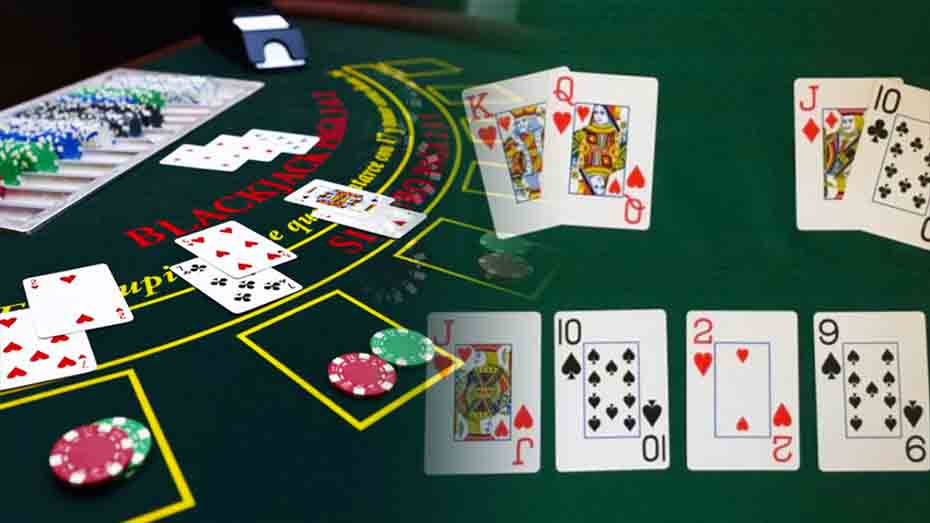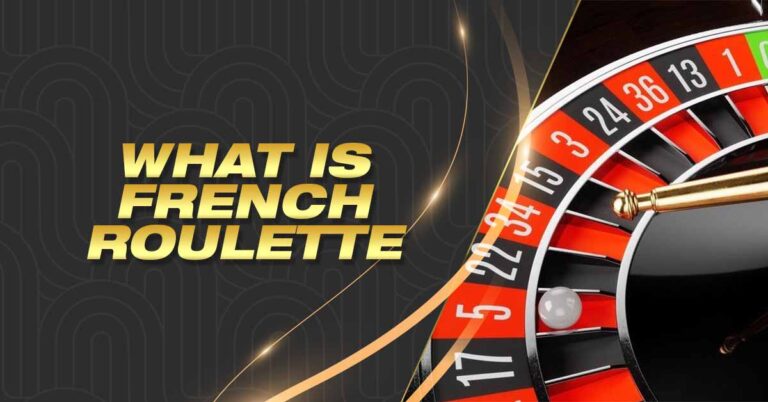Achieve Success with These 5 Card Counting Systems

Blackjack is a game where you can now win every game with this detailed blog. Card counting is a major tactic used by pro players. It delivers a subtle but significant edge over the house. While casinos might not appreciate it, knowing the practice of card counting could be your secret weapon for enhancing long-term gains at the blackjack table. In this blog, we will examine the top five card counting systems in blackjack. From old methods to more modern alternatives, each Card Counting Systems has its advantages and disadvantages. Let us begin.
Revealing Top 5 Card Counting Systems Tricks | Beginner’s Guide

Below are the popular card counting systems that will help you scale your game to the next level. Once you know these tricks, prepare to win every game of blackjack on the Lodi291 App.
1. Wong Halves
The Wong Halves Card Counting Systems or technique was created by the great intellect of Stanford Wong. This exemplifies precision and adaptability. This strategy is commonly known for its accuracy and suitability for multiple-deck games. It adds a unique element by integrating fractional values. This provides players with a more refined way to acquire an edge at the blackjack tables.
Learning the Wong Halves system requires understanding the fractional values allocated to each card. This novel approach enables a more nuanced examination of the deck’s composition. Below are the card values in the Wong Halves system:
Fractional values give depth to this approach. It allows it to better capture the game’s intricacies. The ingenuity resides in recognizing that not all cards contribute equally to the deck’s developing dynamics.
Strategic Influence
The strategic influence of Wong Halves Card Counting Systems is significant, as fractional values allow players to make more informed betting and playing decisions. Let’s look at the important components of how this unique approach affects gameplay:
- Enhanced Accuracy: The use of fractional values allows for a more precise assessment of the deck’s makeup. Traditional methods may overlook tiny shifts, but Wong Halves excels at capturing these.
- Refined Betting Decisions: With fractional values, players can fine-tune their betting decisions based on a more detailed understanding of card distribution. This precision allows them to capitalise on favourable conditions and modify their bets with greater confidence.
- Nuanced Playing Strategy: Wong Halves goes beyond basic counting to provide players with the tools they need to improve their strategy. Knowing when to hit, stand, double down, or split becomes more complicated, mirroring the fractional complexities of the card counting systems value.
- Adaptability to Multi-Deck Games: Wong Halves’ versatility in multiple-deck games adds to its attractiveness. Many casinos use multiple decks, and this system excels in such settings. It provides players with a viable approach regardless of the number of decks in play.
2. High-Low Count
The High-Low Count is a standout among card counting systems. This is popular for its simplicity in getting an advantage at the blackjack table. The strategy involves assigning values to distinct cards. It allows players to keep track of the deck’s high-to-low card ratio and make informed judgements based on it.
Card values in the High-Low Count:
- High cards (aces and tens): Given a value of -1.
- Low cards (2–6) are assigned a value of +1.
Implementing High-Low Count in Card Counting Systems:
Advantages of High-Low Count in Card Counting Systems:
Here are the benefits or advantages of High-Low Count in Card Counting Systems:
- Simplicity: Compared to some more intricate systems, the High-Low Count is very simple. This makes it perfect for both new as well as experienced players.
- Effectiveness: Despite its simplicity, the High-Low Count method has proven to be extremely effective. It establishes a meaningful relationship between card count and predicted advantage.
- Versatility: This technique works in both single-deck and multi-deck games. It contributes to its great popularity.
3. Ace-Five Count:
For those new to card counting, the Ace-Five Count stands out as a straightforward but successful method. This technique offers an easy approach for individuals looking to get an advantage at the blackjack table.
Card values for the Ace-Five Count:
- Aces are assigned a value of -1.
- Fives are assigned a value of +1.
Implementing the Ace-Five Count in Card Counting Systems:
Advantages of Ace-Five Count:
4. The K-O System:
The Knock-Out (K-O) Card Counting Systems is a successful card counting strategy designed specifically for multi-deck blackjack games. Its distinguishing characteristic is its ability to skip the translation of the running count into a true count. This makes it especially appealing for players looking for a simple yet effective way to gain an advantage.
Card values in the K-O System:
Cards 2 through 7 were assigned a value of +1.
Cards 8 and 9 were assigned a value of zero.
Cards 10 – Ace are assigned or have a value of -1.
Implementing the K-O system in Card Counting Systems:
Advantages of the K-O System in Card Counting Systems:
5. The Omega II System:
The Omega II Card Counting Systems is designed for the seasoned player desiring a higher level of precision. It is a sophisticated two-level card counting technique with the added side count for aces. This method was created by Bryce Carlson. It adds a new level of accuracy to blackjack and caters to those willing to put in the time and effort to understand its complexity.
Card values in the Omega II System:
Cards 2 through 9 are assigned a value of +1.
10s are allocated a -2 value, whereas aces are assigned a +1 value.
Setting up the Omega II System:
Advantages of the Omega II System:
FAQs
Conclusion
The best blackjack card counting systems depends on personal taste and skill level. Whether embracing the simplicity of the Ace-Five Count or navigating the complexity of the Omega II System, consistent practice is essential for success. Choose an approach that fits your personality and commit to honing your talents for the best results. Remember that the best system is one that you can utilise regularly and easily. Experiment with numerous approaches to find the one that best suits your playing style. This will effectively increase your chances of victory in the exciting game of blackjack. Join Lodi291 Casino and witness a new world of blackjack gaming. Take betting to a new level.







